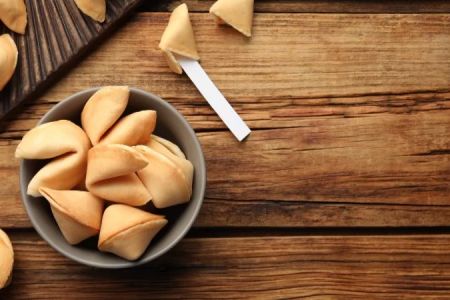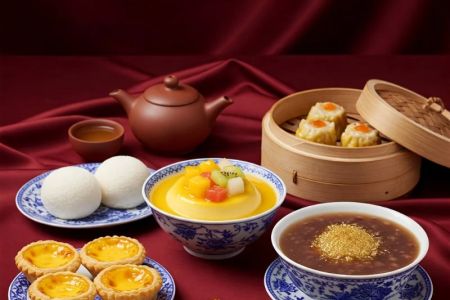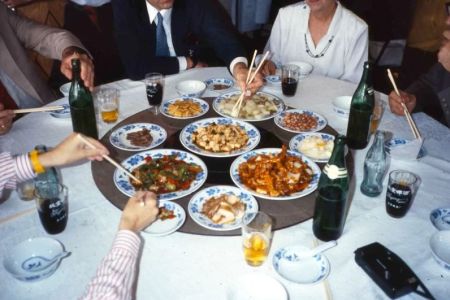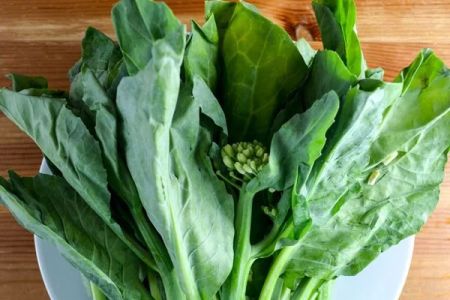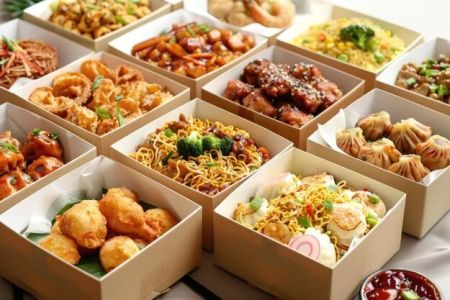- 1. Types of Chinese Rice Wines
- 2. Cooking vs Drinking: Understanding the Difference
- 3. Culinary Uses of Chinese Rice Wines
- 4. Popular Chinese Rice Wine Brands
- 5. How to Choose the Right Rice Wine for Your Dish
1. Types of Chinese Rice Wines
Chinese rice wine is a staple of Chinese culinary culture, with a history spanning thousands of years. It is typically made from glutinous rice and fermented with special yeast cultures to develop unique flavors and aromas. There are various types of rice wines, which are used in different culinary contexts. The two primary types are Shaoxing wine and mijiu.
Shaoxing Wine
Shaoxing wine is a well-known and widely used variety of Chinese rice wine. Originating from the Shaoxing region in Zhejiang Province, it has a rich amber color and a slightly sweet flavor. It is often used in cooking, adding depth to dishes such as stir-fries, braised meats, and soups. Additionally, it is enjoyed as a beverage, typically served warm or at room temperature.
Mijiu
Mijiu is another common rice wine, often referred to as Chinese "sake." It has a clear, colorless appearance and a smoother, sweeter taste. Mijiu is predominantly used for drinking, but it can also serve as a cooking wine in some regional Chinese cuisines.
2. Cooking vs Drinking: Understanding the Difference
When it comes to Chinese rice wines, the distinction between wines for cooking and wines for drinking is important. While both types are made from fermented rice, they have different production methods and flavor profiles suited to their intended purposes.
Rice Wines for Cooking
Cooking rice wines, like Shaoxing wine, are often more robust and have a stronger flavor compared to drinking varieties. These wines are typically used to marinate meats, deglaze pans, or enhance the umami of dishes. Shaoxing wine is particularly well-suited for long-simmered dishes, where its flavors can meld with the ingredients over time. When cooking, rice wines are often used in smaller quantities due to their potent flavor.
Rice Wines for Drinking
Drinking rice wines, such as Mijiu, are enjoyed on their own as a traditional beverage, often served chilled or at room temperature. These wines are lighter in taste and are typically consumed as part of social gatherings or celebratory meals. Drinking rice wines often have a smoother, less intense flavor, making them enjoyable for those who prefer a milder, sweeter drink.
3. Culinary Uses of Chinese Rice Wines
Chinese rice wines are incredibly versatile in the kitchen. Depending on the type, they can be used to enhance a variety of dishes, from savory to sweet. Below are some key culinary uses:
Enhancing Savory Dishes
In savory cooking, rice wine is used to tenderize meat, add complexity to the sauce, and balance other strong flavors. For example, a splash of Shaoxing wine in a stir-fry or braised dish can elevate the dish's depth and provide a subtle sweet-salty note.
In Marinades and Sauces
Rice wine is also a key ingredient in many marinades, helping to break down proteins and infuse the meat with flavor. It is a common addition in Asian barbecue sauces and other glaze recipes.
For Sweet Dishes
Some Chinese rice wines are also used in desserts, such as rice wine cakes or sweet rice wine soups. These dishes typically incorporate sweet rice wine to provide a warm, comforting finish to a meal.
4. Popular Chinese Rice Wine Brands
There are several renowned brands that produce high-quality Chinese rice wines. Some of the most popular ones include:
Fujian Shaoxing
Fujian Shaoxing is one of the most respected brands of Shaoxing wine. Known for its rich flavor, this brand is often used in restaurants and home kitchens alike.
Chongqing Mijiu
Chongqing Mijiu is a well-known drinking rice wine, praised for its delicate sweetness and smooth finish. It is widely consumed across China and is a great introduction to rice wines for beginners.
5. How to Choose the Right Rice Wine for Your Dish
Choosing the right type of rice wine can make a huge difference in the flavor profile of your dish. Here are some tips for selecting the appropriate wine:
For Cooking
When selecting a rice wine for cooking, go for a variety with a strong, aromatic flavor, such as Shaoxing wine. This will provide the depth and complexity needed for savory dishes. Always look for a cooking-specific label to ensure the wine has the right profile for culinary use.
For Drinking
If you're looking to enjoy rice wine as a beverage, opt for a lighter, sweeter wine like Mijiu. These are great for casual drinking or as an accompaniment to a meal. Mijiu also pairs well with sweet and light dishes.
For the best options in both cooking and drinking Chinese rice wines, visit our site, Chinese Food, where we offer the highest quality products and services to enhance your culinary experiences.



